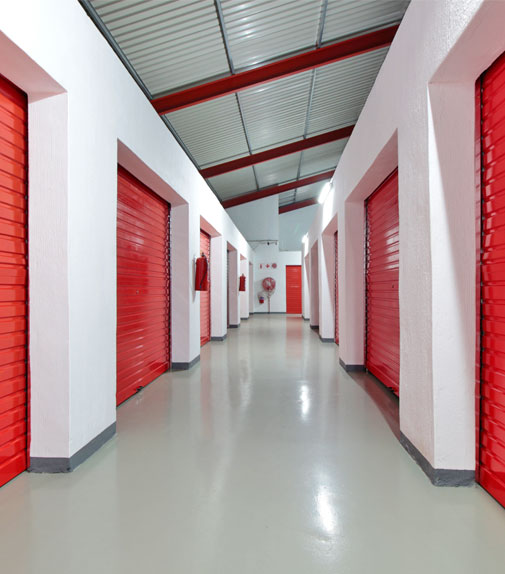In a world where possessions accumulate and living spaces seem to shrink, storage units have become a saving grace for many. Whether you are downsizing, decluttering, or simply in need of extra space, choosing the right storage unit size is crucial to make the most of your storage solution. This comprehensive guide delves into the various storage unit sizes available and offers insights to help you make an informed decision.
Small Units: Space for the Essentials
Small storage units, typically ranging from 5×5 to 5×10 feet, are ideal for storing a few boxes, seasonal items, or small furniture pieces. These units are perfect for students during summer breaks, individuals looking to store holiday decorations, or those undergoing minor home renovations. Despite their modest size, small units offer efficient vertical space utilization, allowing you to stack items and maximize every inch.

Medium Units: Balancing Space and Flexibility
Medium storage units, around 10×10 to 10×15 feet, offer a versatile middle ground. They can accommodate the contents of a one-bedroom apartment or serve as a repository for business inventory. These units provide ample space for furniture, appliances, and several boxes. With careful organization, you can create walkways and access points to ensure that your belongings remain easily retrievable and read more about us.
Large Units: When Size Matters
For those with more substantial storage needs, large units ranging from 10×20 to 10×30 feet provide expansive spaces akin to a garage or a small warehouse. Families in the midst of relocation, businesses requiring substantial storage for equipment, or collectors of large items like boats or vehicles can benefit from these units. Large units often come with the option of drive-up access, simplifying loading and unloading processes.
Choosing the Right Size
Selecting the right storage unit size hinges on a few key considerations:
Inventory Assessment: Take inventory of the items you intend to store. Categorize them by size, fragility, and frequency of access. This will give you a clearer idea of the space you will need.
Future Needs: Anticipate your future storage requirements. If you are likely to acquire more items, it might be wiser to rent a slightly larger unit initially.
Organizational Strategy: Plan how you will arrange your items within the storage unit. Shelving, pallets, and stacking techniques can help optimize space.
Accessibility: Consider how often you will need to access your belongings. Items you frequently need should be placed towards the front of the unit.
Budget: Larger units naturally come at a higher cost. Evaluate your budget and balance it with the convenience of having ample space.
Security: Some items might require climate-controlled units or additional security measures. Factor in these considerations when choosing a unit size.
By assessing your inventory, anticipating future needs, planning organization, considering accessibility, evaluating your budget, and factoring in security requirements, you can make an informed decision that maximizes the utility of your chosen storage solution. Remember, the goal is to make space count, ensuring that every square foot is utilized to its fullest potential.
